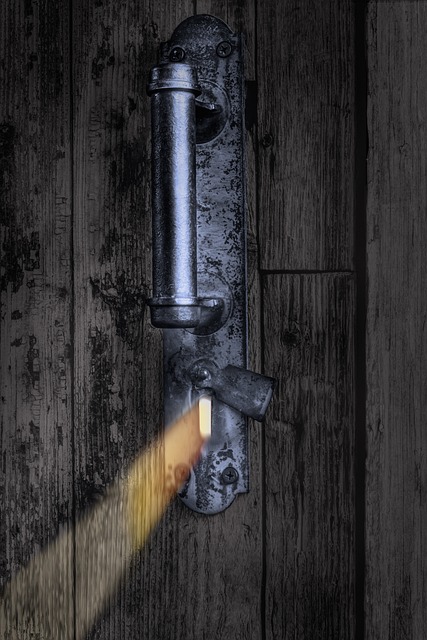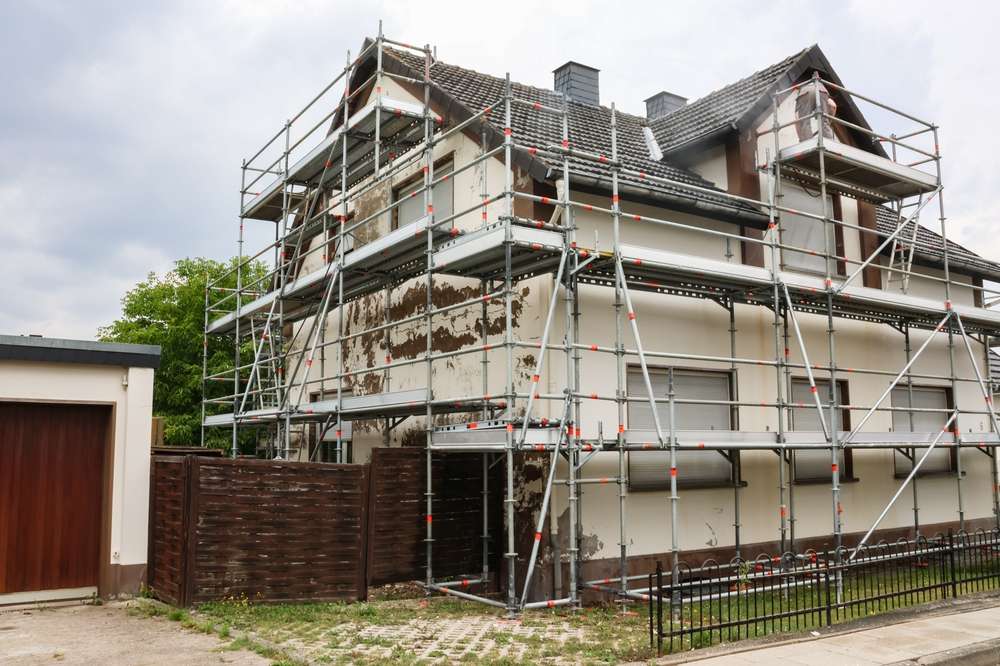Doors: Types, Materials and Practical Considerations
Doors are essential elements of buildings, serving practical roles in security, privacy, insulation and movement between spaces. Choosing the right door involves more than appearance: consider material, construction, hardware, installation requirements and long-term maintenance. This article explains common door categories, how to measure and prepare for fitting, security and durability factors, and where to source suppliers or local services in the UK and internationally.

What types of doors are available?
Doors fall into several broad categories depending on use: external doors for weather and security, internal doors for rooms and cupboards, sliding or folding doors for space-saving, and specialised doors such as fire-rated or acoustic doors. External doors often require stronger cores, weatherproof finishes and secure locking mechanisms, while internal doors prioritise appearance, weight and cost. Understanding the intended function — security, insulation, privacy or aesthetics — helps narrow suitable door types before considering materials or hardware.
Which materials suit different needs?
Common materials include solid timber, engineered wood (including veneered or hollow-core), steel, aluminium and composite materials. Solid timber offers a traditional aesthetic and good longevity with maintenance; engineered doors can be more stable in variable humidity; metal doors provide increased security and fire resistance; composite doors combine multiple layers for thermal performance and durability. Material choice affects insulation, maintenance needs and appearance, so factor in local climate, expected use and whether you prefer a paint or stain finish.
How to measure and prepare for installation?
Accurate measuring is crucial: record the height, width and depth of the existing opening and check for plumb and level to ensure correct fit. For replacement doors, measure at multiple points (top, middle, bottom) and note any obstructions like skirting or frames. If installing a new frame, consider structural openings and whether lintel work or adjustments are needed. Preparing the site also involves ensuring compatible flooring and threshold heights, arranging safe access for delivery, and confirming whether professional installation or a qualified local services provider is required.
What about security and hardware choices?
Security depends on both door construction and hardware. For external doors, look for multi-point locking systems, reinforced frames and appropriate deadbolts or mortice locks. Hinges should be robust and, where relevant, hinge-side reinforcement or anti-jump pins can improve resistance to forced entry. For fire-rated doors, hardware must be certified and compatible with the door’s rating. Consider the trade-offs: higher security often increases cost and installation complexity, while internal doors can use simpler latch systems. Match locks and handles to both door type and insurance requirements, where applicable.
Maintenance and longevity considerations
Maintenance varies by material and environment. Timber doors benefit from regular painting or staining to protect against moisture and UV; metal doors require rust prevention and occasional repainting; composite doors are generally low-maintenance but should be checked for seal integrity. Regularly inspect seals, hinges and thresholds and adjust or reseal as needed to maintain energy performance and prevent draughts. Small repairs like replacing weatherstrips or tightening hardware can extend a door’s serviceable life and avoid premature replacement.
Where to find suppliers and local services?
When seeking doors, compare retailers, manufacturers and trade suppliers to match product range, lead times and installation options. Many nationwide chains supply ready-made and bespoke doors and can connect customers with fitting services; specialist manufacturers offer made-to-measure or certified performance doors. Below is a concise table of widely recognised providers and the services they commonly offer.
| Provider Name | Services Offered | Key Features/Benefits |
|---|---|---|
| B&Q | Retail doors, fittings, installation partnerships | Wide selection, nationwide stores, DIY resources |
| Wickes | Doors, joinery, trade and retail sales | Trade-focused stock, reliable supply for builders |
| Howdens | Trade-only kitchens and joinery, doors | Made-to-measure options, trade-oriented support |
| Screwfix | Hardware, doors, fittings and fast delivery | Fast delivery, trade convenience and availability |
| JELD-WEN | Door manufacturer and commercial supplier | Variety of designs and materials, manufacturer expertise |
Conclusion
Selecting a door requires balancing function, material properties, security needs and installation practicalities. Start by identifying the door’s primary purpose, then narrow choices by material and hardware while ensuring accurate measurements and suitable installation methods. For many projects, comparing offerings from national retailers, trade suppliers and manufacturers — and consulting local services for fitting — will provide clarity on lead times, guarantees and aftercare. Careful selection and routine maintenance help ensure satisfactory performance and longevity.



